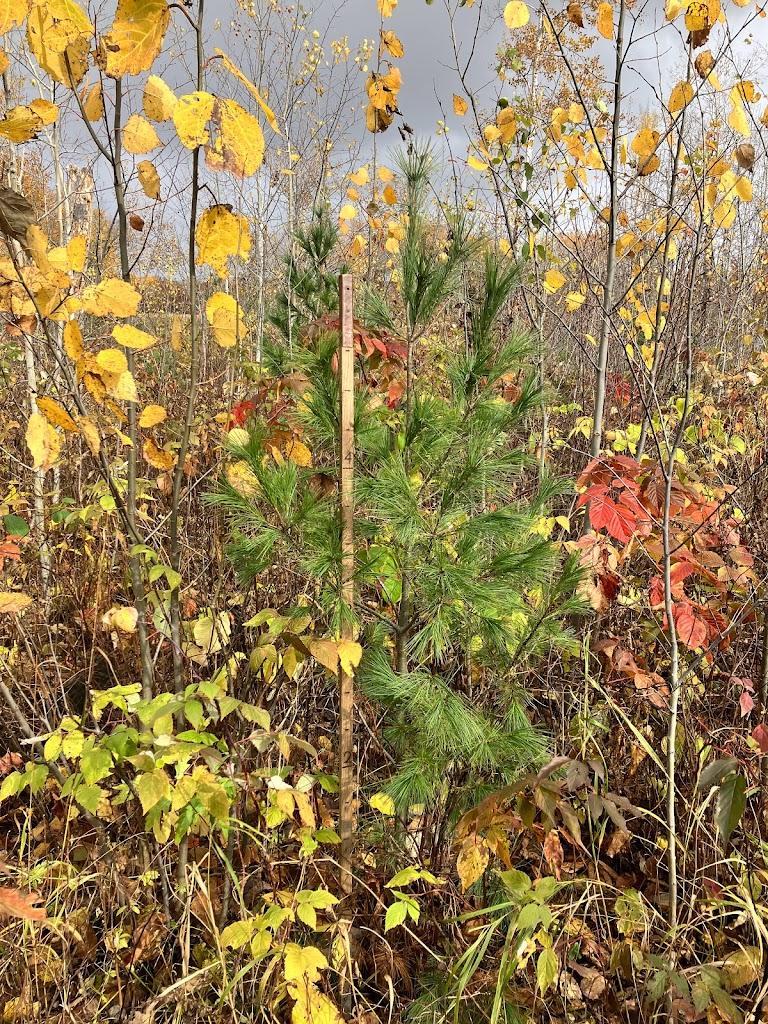Overview
The goals of this management plan are to promote and maintain eastern white pine on this previously aspen-dominated stand. It is prime soil for the growth of conifers like eastern white pine which were planted after the dominant aspen canopy, was harvested in the summer of 2016. Climate change will favor some conifer species over others, and eastern white pine appears to be the leading species. To promote the growth of the pines, seedlings have been bud capped to prevent deer browsing after they were planted. Eastern white pine seedlings were also previously hand-released with brush saws to open up growing space. The overall goal for this prescription is to create and manage a mixed wood stand comprised largely of aspen and white pine.
Silviculture Objective(s)
This management plan aims to reintroduce white pine to increase species diversity and promote the natural regeneration of other shade tolerant species within the stand using a clearcut with reserves. These clearcuts were targeted to harvest aspen with the goal of future harvests including some mature white pines in the future to generate revenue. The white pines will be the seed source for future generations to live in the understory of the aspen stands. There have also already been some seedlings planted to supplement regeneration.
Pre-treatment stand description and condition
Stand establishment and management history:
Aspen stands were likely harvested in the early 1950s. No other management history noted.
Pre-treatment species composition:
Before the stands were harvested in 2016, they were comprised mainly of large, high-quality aspen but also included paper birch, bur oak, sugar maple, and green and black ash.

Figure 1: the treatment stand pre-harvest in 2015.
Pre-treatment forest health issues:
Stand appears to be in good condition.
Silviculture Prescription
The clearcut with reserves was performed to mimic a natural disturbance pattern commonly associated with this NPC type. All aspen (except for 4 large aspen per acre), paper birch, maple, and ash with a diameter of 5” or greater at DBH were to be removed with the clearcut. Reserve species included paper birch, red pine, and white pine. A low density of white pines were planted (~400 seedlings/acre) to increase the diversity of the stand.
What actually happened during the treatment
This was performed with a modified selection cut (remove one row, leave two behind) instead of just a clearcut with reserves. White pine was planted at a density of ~600 seedlings/acre. Reserved tree species were red oak, red pine, and white pine. The white pine left in the reserves were used as seed trees to help encourage natural regeneration. The biomass left at the site was chipped. Planted white pines were bud capped during the fall over a four-year period to protect from browsing deer.
Post-treatment assessment
As of the summer of 2021 an assessment was made to determine the stand’s regeneration density. After white pine seedlings were released by brush saw it was determined that there were 2,750 stems/acre of trembling aspen and 625 white pine seedlings accounted for per acre; the majority of white pine seedlings were from planted origins. The density of trembling aspen stems was greater than preferred, however, and further intermediate treatments may be necessary.
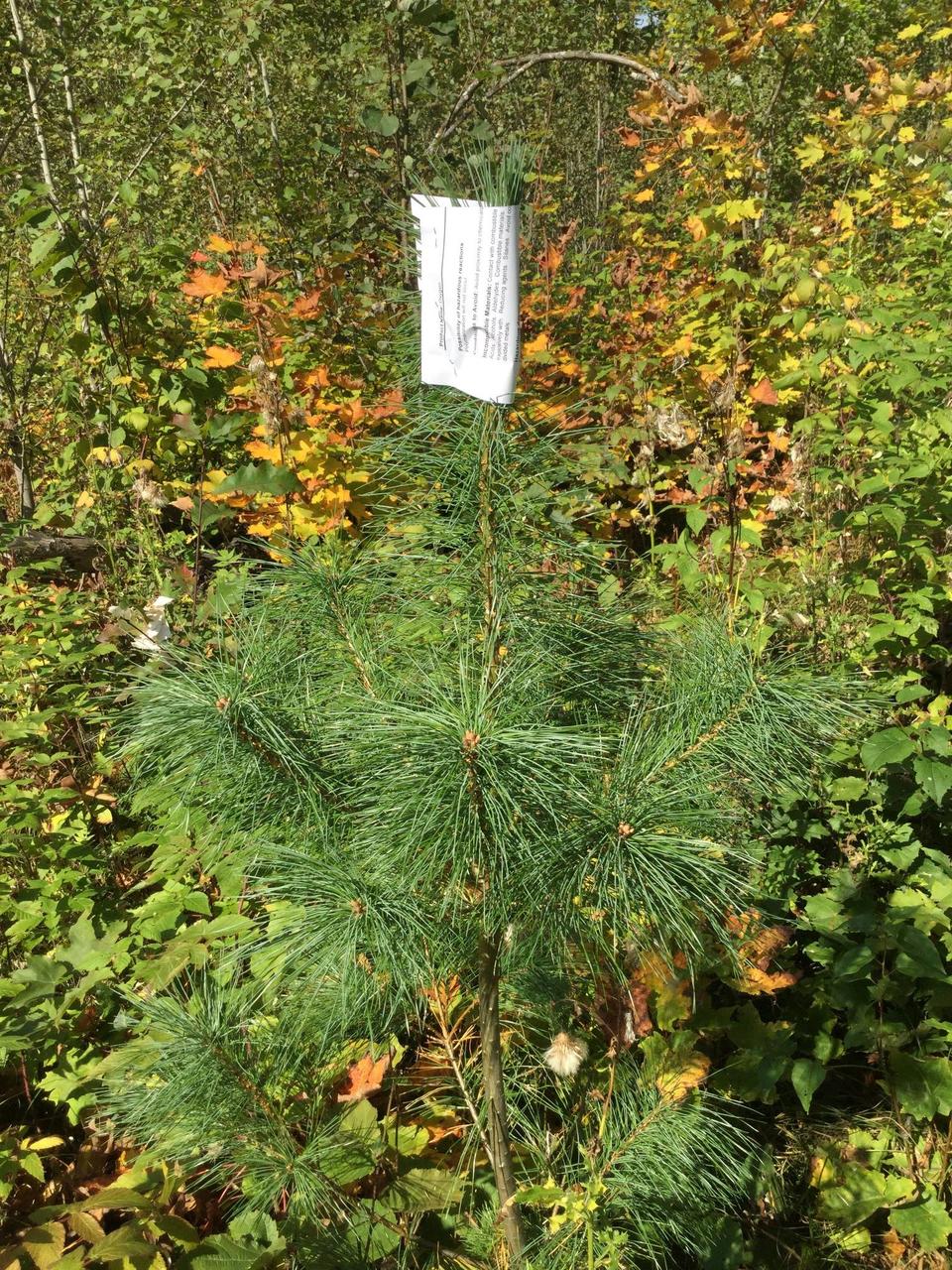
Figure 2: budcapped white pine seedling in 2019.
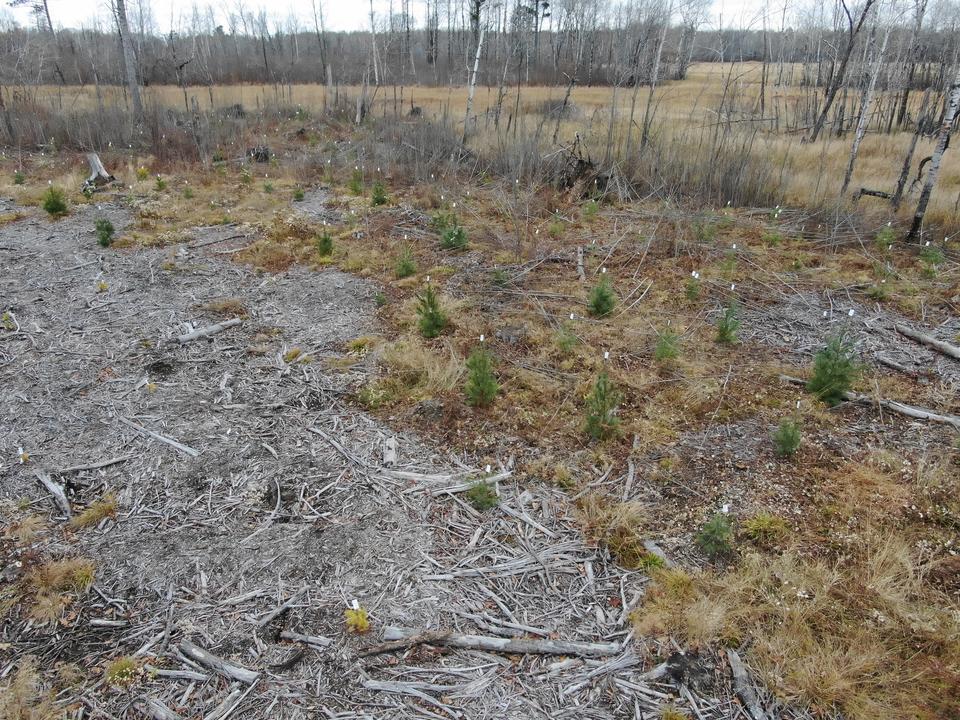
Figure 3: budcapped and hand-released seedlings in 2019.
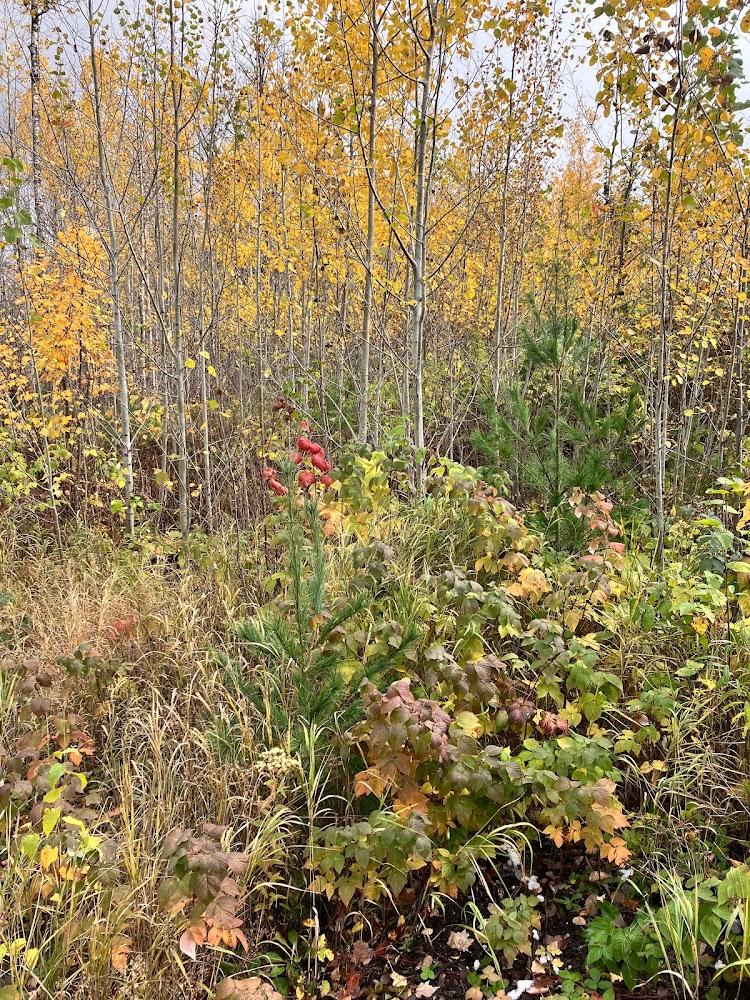
Figure 4: aspen regeneration with white pine seedlings in 2022.
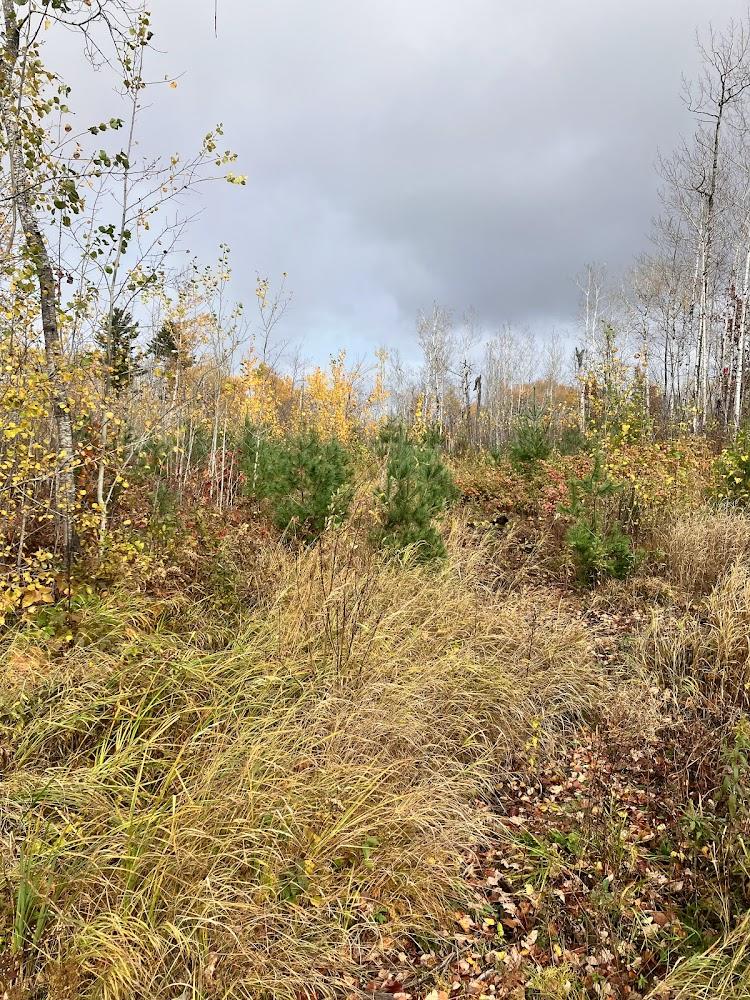
Figure 5: another juxtaposition of aspen regeneration and white pine seedlings in 2022.

Figure 6: Drone image from 2022 showing the compositional change of the treatment area.
Plans for future treatments
This site will be evaluated for white pine survival and density again in 2025 and 2027. Down the line, the aspen will again be harvested along with some mature white pines. The overall long-term goal for this site is to ensure a white pine is able to naturally regenerate on this site and to maintain steady seed source for white pine for natural regeneration. Previously, natural regeneration of white pine would have been preferred, but not an option due to few seed trees. By reserving mature white pine of good form as seed trees we can maintain the white pine component in the stand moving forward.
Costs and economic considerations
Initial harvest estimates are a total of $14,630.00, with 565 cords of aspen at $22.00, 65 cords of red pine at $25.00, and 55 cords of northern hardwoods at $10.00. In the end, Carlton County made $35,000 after the timber sale sold at oral auction; however, management was costly. Replanting the site with 14,000 seedlings cost $100 per 1000 seedlings, for a total of $1,400. The administration cost for a planting contract including drafting, bidding process, bid awards, and ground administration came to $700. For 4 years in the fall (2017-2020) the white pines on site were bud capped and/or hand-released; table 1 describes the costs in these first 4 years immediately following harvest. In 2021 more than 75% of the seedlings were considered out of reach from deer and free to grow.
Table 1: Post-harvest treatments for planted and naturally regenerating white pine.
| Year | Treatment | Cost |
| 2017 | Budcapping | $1,440 |
| 2018 | Budcapping | $915 |
| 2019 | Hand release & budcapping | $10,045 |
| 2020 | Budcapping | $3,600 |
| Total | $16,000 |
Climate Adaptation Considerations
Eastern white pines were chosen to be seed trees because the species is projected to do well in the future changing climate.
Summary / lessons learned / additional thoughts
This currently aspen-dominated stand has been clearcut with reserve patches of white pine and aspen to allow for natural regeneration. Supplemental plantings of white pine seedlings were done following the harvest. The seedlings have been hand-released and bud-capped to facilitate growth and prevent herbivory. The long-term goal of this management plan is to have naturally regenerating white pine within the stand while keeping the economic value of the aspen.
